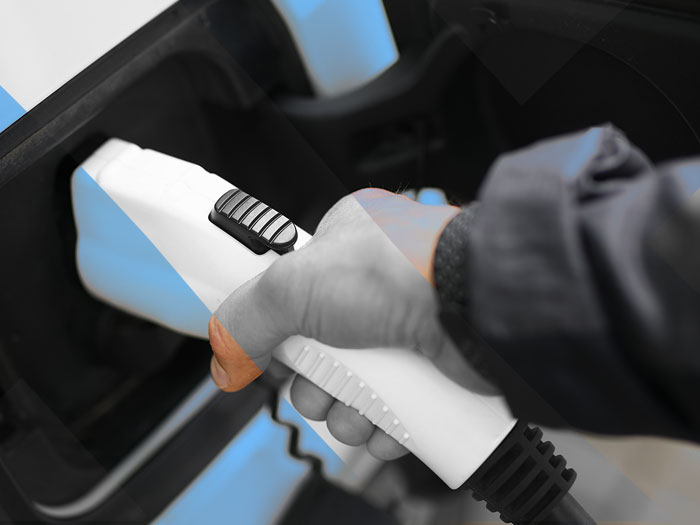Insights
better business decisions
Posted 2 years ago | 3 minute read

Optimising electric vehicles for cost savings and revenues
Electric vehicles (EVs) have gained significant popularity in recent years as a sustainable and eco-friendly mode of transportation.
The adoption of EVs has been encouraged through various incentives and the development of an extensive charging infrastructure. However, to maximise the benefits of EVs, it is essential to focus not only on reducing energy costs but also on generating revenues.
One of the key considerations for EV owners is managing energy costs associated with charging their vehicles. Electricity prices can vary throughout the day due to demand fluctuations, and charging during peak hours can result in higher costs. Accurate forecasting plays a vital role in optimising EV charging. By utilising smart charging technologies, EV owners can align their charging patterns with electricity demand forecasts, reducing the strain on the grid during peak times and capitalising on periods of excess renewable energy generation. This approach allows EVs to act as mobile energy storage units, providing grid services and earning revenues through demand response programs.
Smart charging systems can also consider individual preferences and vehicle usage patterns. By analysing data such as regular charging times, and driving distances, these systems can optimise charging schedules to ensure vehicles are adequately charged when needed, while also taking advantage of cost-effective charging opportunities. This not only maximises the convenience for EV owners but also helps in reducing energy costs and minimising grid stress.
To further enhance cost savings and revenues, EV owners can consider integrating onsite battery storage and solar microgrid systems. Onsite batteries provide an additional layer of flexibility by storing excess solar energy generated during the day, which can be used to charge vehicles during non-sunlight hours. This reduces reliance on the grid and helps avoid peak electricity rates. During periods of high electricity demand, EV owners can discharge their batteries back into the grid, providing ancillary services and earning revenue through such programs.
By coupling solar microgrids with onsite batteries, EV owners can take advantage of clean and renewable energy sources. Solar panels installed on rooftops or carports can generate electricity to power both the charging of EVs and other site energy needs. This integration promotes sustainability, reduces reliance on fossil fuels, and provides an additional revenue stream.
Optimising electric vehicles for cost savings and revenues requires a comprehensive approach that encompasses energy cost management, forecasting, smart charging, and the integration of onsite battery storage and solar microgrids.
By leveraging smart charging technologies, and optimisation, EV owners can minimise energy costs while contributing to grid stability. Integration of onsite battery storage and solar microgrids offers additional financial opportunities through energy storage programs and the generation of clean, renewable energy.

The electrification era| Scaling up electric vehicles – White Paper
Solar and wind power will become increasingly critical, but their intermittent nature will result in nearly twice the annual variability in residual demand compared to today. EVs have the potential to provide grid-connected storage and in doing so revolutionise the way we use and manage energy.
Learn more